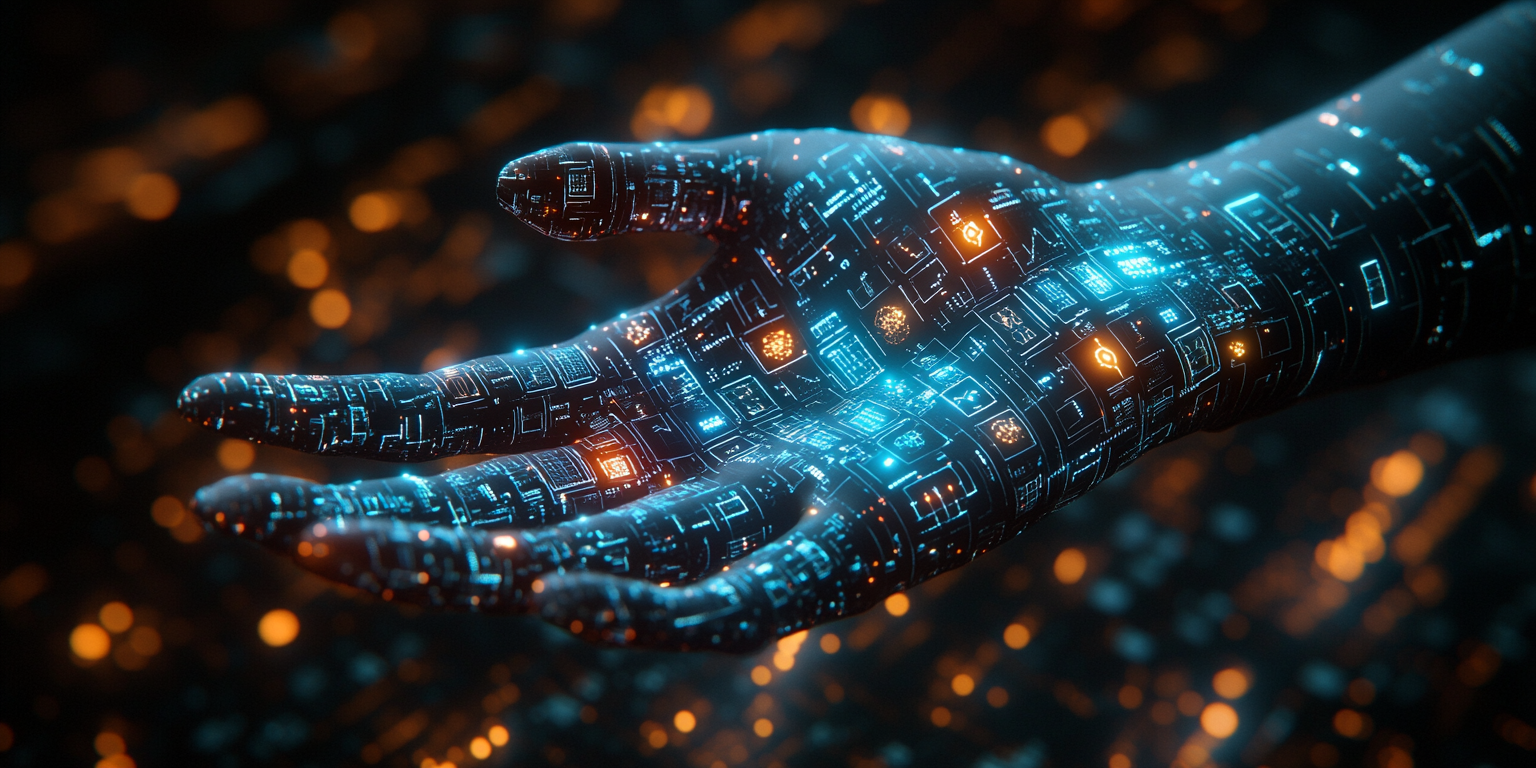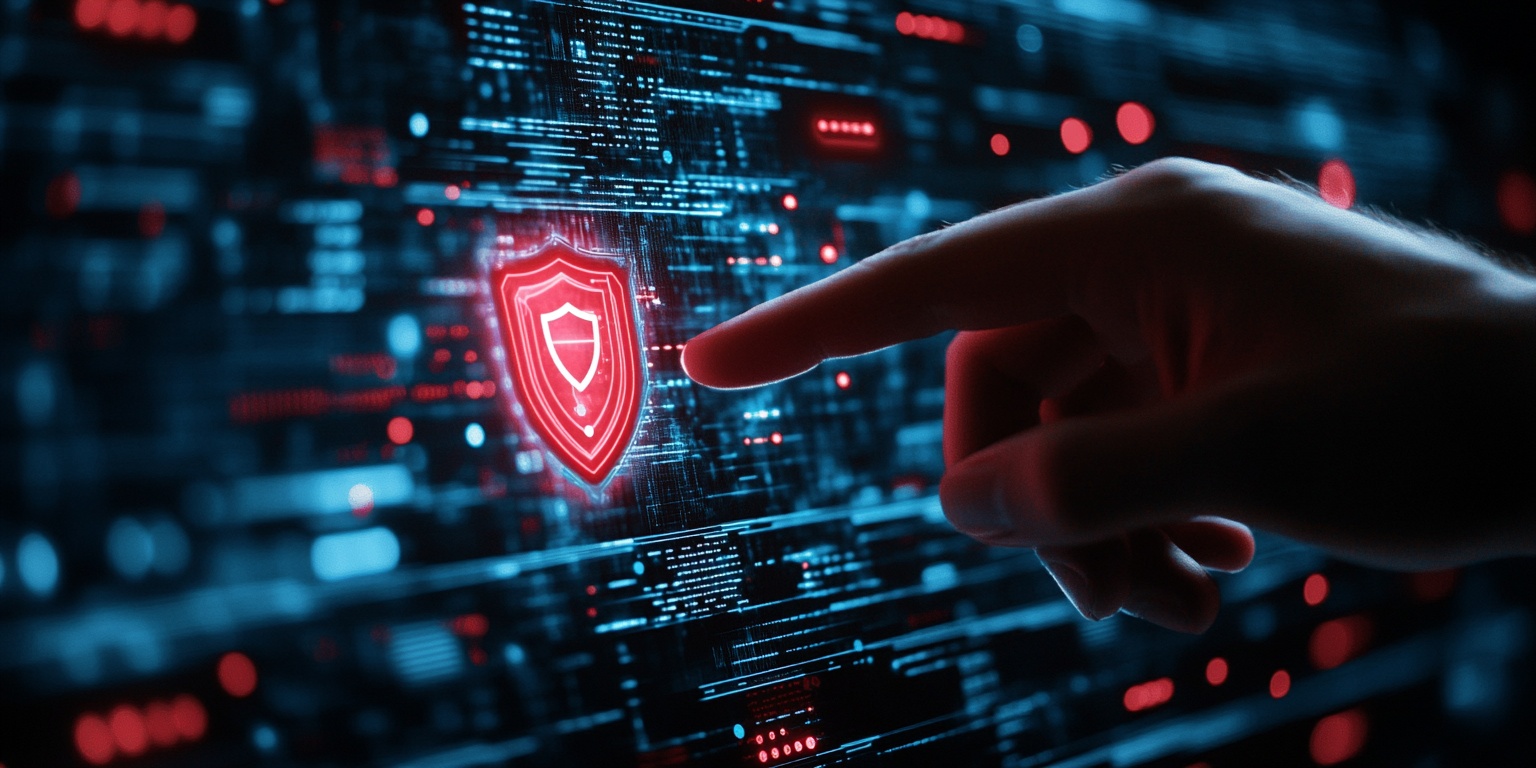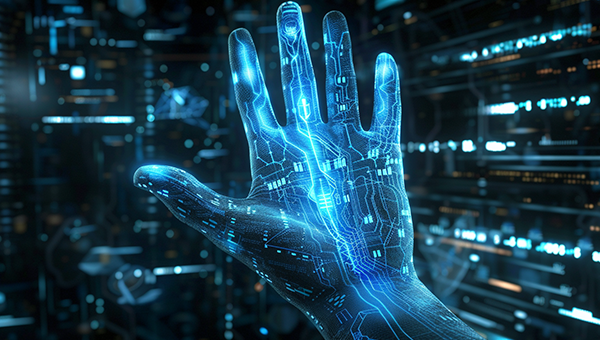Palmprint Recognition: A Deep Dive into Modern Biometric Security
Discover the power of palmprint recognition, a cutting-edge biometric technology leading the way in secure identity verification. Learn how Palmpass is pioneering advancements in this field.
Palmprint recognition is a cutting-edge biometric technology that plays a crucial role in today's security landscape. Unlike traditional fingerprint recognition, which relies on the unique ridges and patterns of a fingerprint, palmprint recognition focuses on the intricate lines and features of the palm, making it a robust and secure method for identity verification.

The Importance of Palmprint Recognition
Palmprint recognition stands out due to its accuracy and reliability. It is less susceptible to wear and tear compared to fingerprint recognition and can capture more unique data points, making it harder to spoof. This technology is especially useful in high-security environments where traditional methods may not provide the necessary level of protection.
How Palmprint Recognition Works
The process of palmprint recognition involves capturing an image of the palm using a specialized device, often referred to as a palmprint recognition device. This image is then analyzed to extract unique features such as the principal lines, wrinkles, and ridges. These features are compared against a database to verify an individual's identity.
Palmpass: Leading the Way in Biometric Security
Palmpass is at the forefront of integrating palmprint recognition into various security systems. With its advanced technology, Palmpass ensures that users can rely on palmprint recognition for secure and convenient access to their devices and data. The company’s commitment to innovation in biometric security is evident in its development of user-friendly devices that are both secure and efficient.
Comparing Facial and Fingerprint Recognition
While facial recognition and fingerprint recognition have become common biometric methods, they each have their strengths and weaknesses. Facial recognition offers convenience but may struggle with accuracy in varying lighting conditions. Fingerprint recognition is widely used but can be less reliable if the fingerprint is worn or damaged. In contrast, palmprint recognition offers a balance of accuracy and durability, making it an ideal choice for many applications.
The Future of Palmprint Recognition
As biometric security continues to evolve, palmprint recognition is set to play an even larger role. The technology is being integrated into more devices and systems, providing enhanced security without compromising user experience. As we look to the future, the potential for palmprint recognition to become a standard in biometric security is undeniable.










